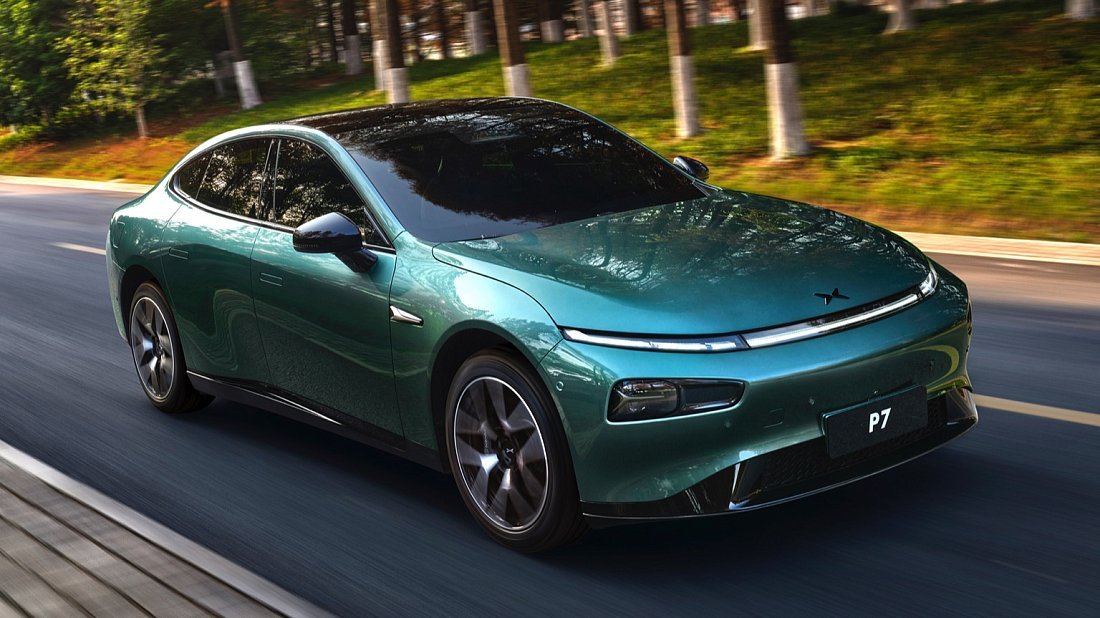EURO 1-phase 10A
- Socket specs
Socket specs
- 230 V, 10 A, 1-phase
- Socket output
Socket output
- 2.3 kW
- Charging 20-80%
Charging 20-80%
- 23 h 58 min (~13 km/h)


The XPENG P7 Wing Edition is an all-electric all-wheel drive sedan. It came out in 2023.
The XPENG P7 Wing Edition has a 86.2 kWh battery pack, allowing it to travel up to 429 km on a single charge. The car has an average efficiency of 19.3 kWh per 100 km (or 193 Wh/km) — ranked №186 out of 586 electric vehicles.
The XPENG P7 Wing Edition is equipped with a powertrain that delivers up to 348 kW (467 hp) of power and 757 Nm of torque.
This enables a 0 to 100 km/h acceleration in 4.1 seconds (ranked №88 out of 586 electric vehicles) and a top speed of 200 km/h.
The estimated real-world range for XPENG P7 Wing Edition falls between 386–472 km, ranking it №186 out of 586 electric vehicles. Several conditions can influence this range:
These figures are approximations, and your actual driving range may vary. When planning trips, consider these factors and be prepared for potential charging stops.
For trip planning assistance, utilize the EV Navigation interactive map.
For significantly faster charging, public DC fast-charging stations are available. Although the car can achieve a maximum DC charging rate of 175 kW, factors such as battery temperature and charge level may affect the actual charging speed.
Use our Charging calculator to estimate charging time, rate, and cost.
The size and weight specifications for XPENG P7 Wing Edition are as follows:
Here's a breakdown of the XPENG P7 Wing Edition cargo space:



